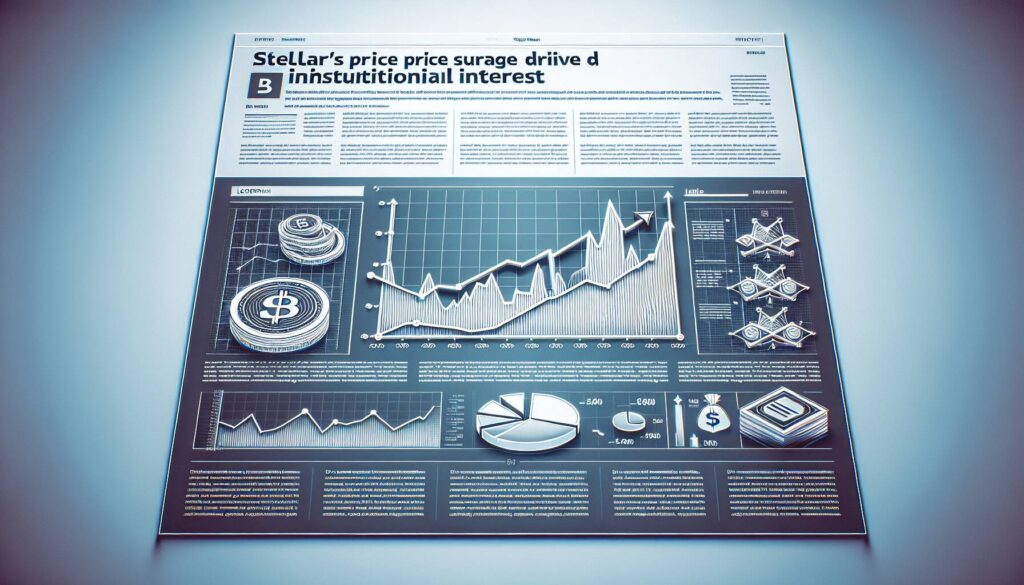In a week marked by significant fluctuations, Bitcoin’s price has been anything but stable, dropping sharply from $123,000 to $120,000 before regaining some ground at approximately $121,400. This volatility comes amidst broader market expectations of a potential interest rate cut by the Federal Reserve, a move that many cryptocurrency investors are anticipating could drive further price movements. Meanwhile, privacy coins like Zcash and Dash are enjoying notable gains, contributing to a mixed landscape in the cryptocurrency market.
The CoinDesk 20 Index has shown resilience, bouncing back to 4,178 points after hitting a low of 4,097. This shift indicates a growing interest among institutional investors in digital assets, with a recent report revealing that nearly 60% plan to increase their exposure to cryptocurrencies in the next year, aiming for a doubling of their average holdings over the next three years. Such optimism is reflected even as the ongoing governmental uncertainties, including a shutdown that has delayed vital data releases, loom over the market.
“Bitcoin volatility is poised for a breakout,” stated Nick Forster, founder of the decentralized exchange Derive, as he underscored the ramped-up expectations leading into a crucial Fed meeting later this month.
Furthermore, the regulatory landscape is also evolving, with Democratic senators proposing changes to the market structure bill that could introduce a “restricted list” for decentralized finance protocols seen as too risky. This proposed shift, while aiming to enhance safety, could disrupt the current bipartisan momentum toward clearer regulatory guidelines for digital assets.
Despite the tumult, technological advancements continue to make waves in the crypto space. Chainlink has launched new infrastructure to support the development of various innovative solutions, showcasing the ongoing evolution within the market. However, alongside these developments, the broader financial landscape remains complex, especially as external economic factors like the rising dollar index and geopolitical tensions could influence investor sentiment across markets.

Market Update on Bitcoin and Crypto Trends
Key points affecting the cryptocurrency market and potential implications for readers:
- Bitcoin Volatility Increases
- BTC price fluctuated from $123,000 to $120,000, currently at $121,400.
- Rising volatility may signal potential trading opportunities or risks.
- Fed Interest Rate Expectation
- Anticipation of a 25 basis point rate cut by the Federal Reserve could influence market sentiment.
- Readers may need to adjust investment strategies based on monetary policy changes.
- Institutional Investment Growth
- Nearly 60% of institutional investors plan to increase digital asset exposure within the next year.
- Increased institutional adoption could stabilize or drive prices higher, affecting personal investment decisions.
- Regulatory Developments
- Proposals for a “restricted list” for risky DeFi protocols might impact access to innovation.
- Potential need for readers to stay informed about regulatory changes that could affect their investments.
- Market Dynamics
- High implied volatility and increased open interest in BTC options show bullish sentiment.
- Readers trading in derivatives may need to be cautious of liquidations triggered by market movements.
- Emerging Trends in Token Launches
- New infrastructure developments in ecosystems like HyperEVM may create investment opportunities.
- Understanding these trends can keep readers ahead in the evolving market landscape.
Analyzing Bitcoin’s Volatility and Recent Market Movements
The cryptocurrency market is witnessing significant turbulence, particularly with Bitcoin (BTC) experiencing sharp price swings. This volatility is heightened as traders anticipate a potential Federal Reserve rate cut later this month. Recent data suggests that implied volatilities have surged, signaling potential for substantial market movements ahead. While Bitcoin’s price may recover to around $121,400, the fluctuations create both opportunities and risks for traders. The ongoing activity is reflective of a broader sentiment within the market, influencing trading strategies and investor engagement.
Competitive Advantages: Bitcoin’s volatility can attract traders seeking to capitalize on rapid price movements, making it a preferred choice for more aggressive investment strategies. The anticipation of a rate cut by the Federal Reserve further fuels interest from institutional investors, as demonstrated by State Street’s report that nearly 60% are looking to increase their digital asset exposure. This backdrop creates a fertile environment for trading companies and platforms that facilitate crypto transactions, as they can leverage heightened activity and engagement.
Disadvantages and Market Risks: However, such volatile conditions may deter conservative investors and institutions that prefer stable investments. The sharp drop in Bitcoin’s price from $123,000 to $120,000 illustrates the unpredictability that can lead to potential losses, particularly for those without robust risk management strategies. Additionally, regulatory uncertainties, such as proposed restrictions for DeFi protocols by U.S. senators, could hamper growth and foster skepticism among institutional investors.
This environment may greatly benefit high-frequency traders and sophisticated hedge funds, who are equipped to navigate the volatility. Conversely, it could pose problems for retail investors who may lack the experience or resources to manage the associated risks effectively. The shifting market dynamics necessitate a keen awareness of both macroeconomic trends and regulatory developments, which will shape the future of crypto investments.
















